What We Learned Hosting Our First-Ever Devops Workshop
We hosted our first-ever devops workshop with the help of PyLadies This post tells you what we did and what we learned in the process.
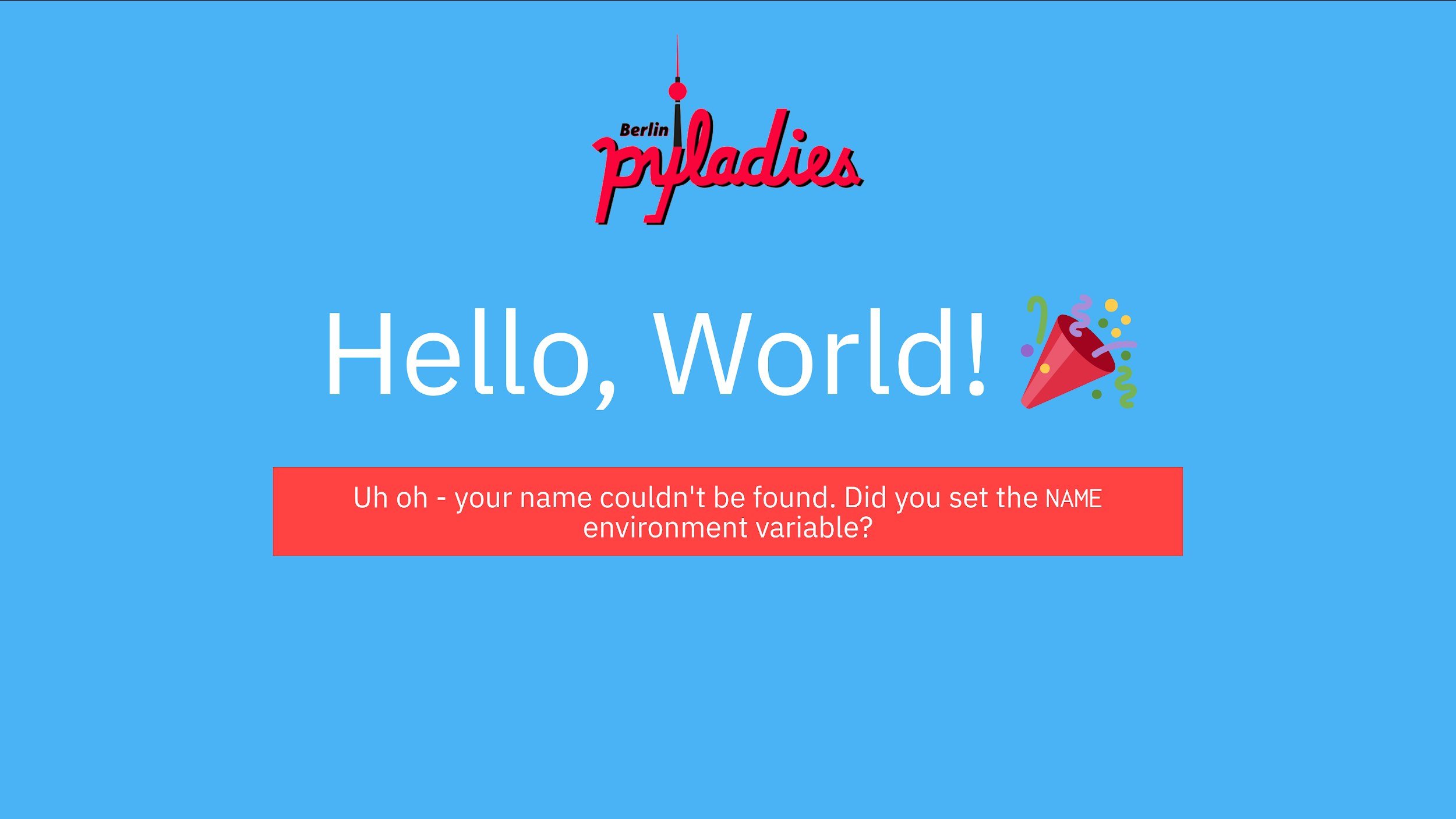
We hosted our first-ever devops workshop with the help of PyLadies This post tells you what we did and what we learned in the process.
Myths around the challenges of implementing IIoT systems and building smart factories have made the prospect of adoption unnecessarily intimidating. Let’s take a look at some of the realities behind them.
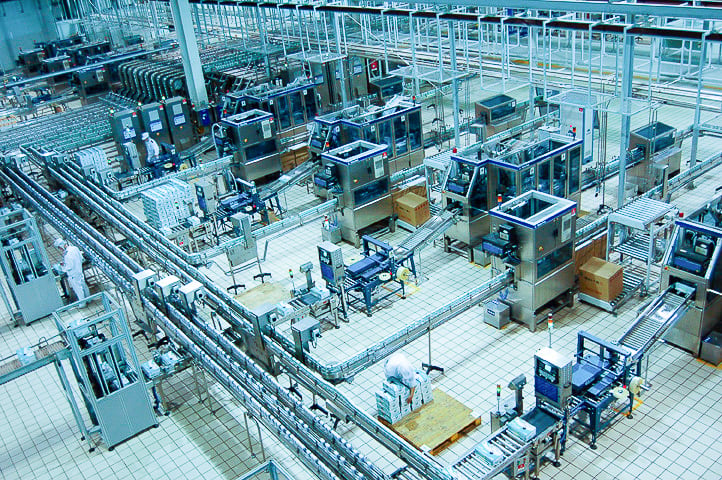
You don't have to choose between operational historians or a time-series database for industrial IoT. There's a third option.
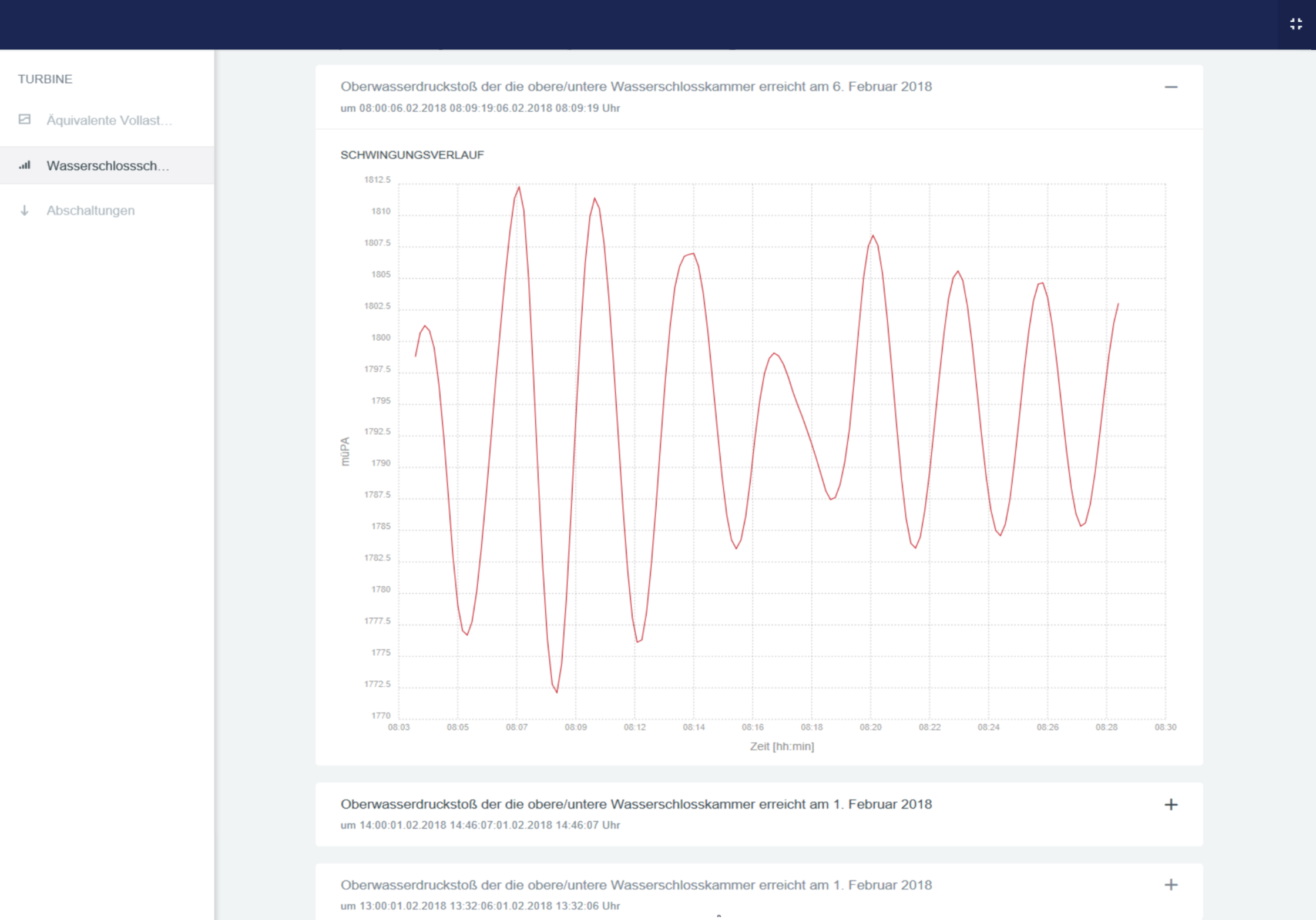
A real-life example of applied machine learning to prevent critical events in a hydroelectric power plant. Part two of the series.

With CrateDB and the Crate IoT Data Platform, you can get functionalities of both time series databases and operational historians.

The most resilient version yet. CrateDB 4.0.2 supports more SQL than ever, interoperates with even more PostgreSQL tools, and offers new options for working with time series data. In addition, the user interface is slimmer and cleaner than before.
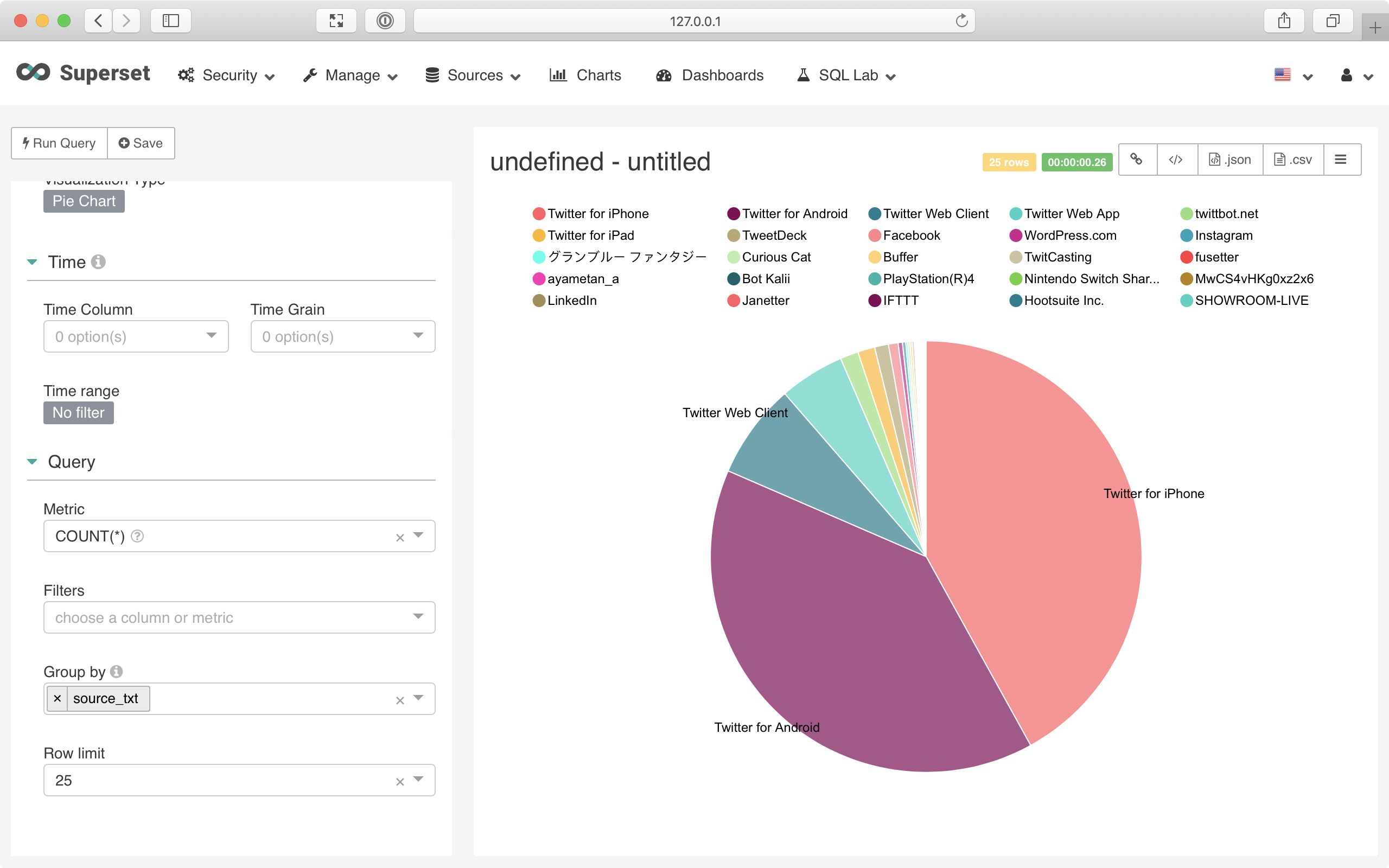
This step-by-step tutorial shows you how to get started with CrateDB and Apache Superset, a BI tool for easily organize your data.
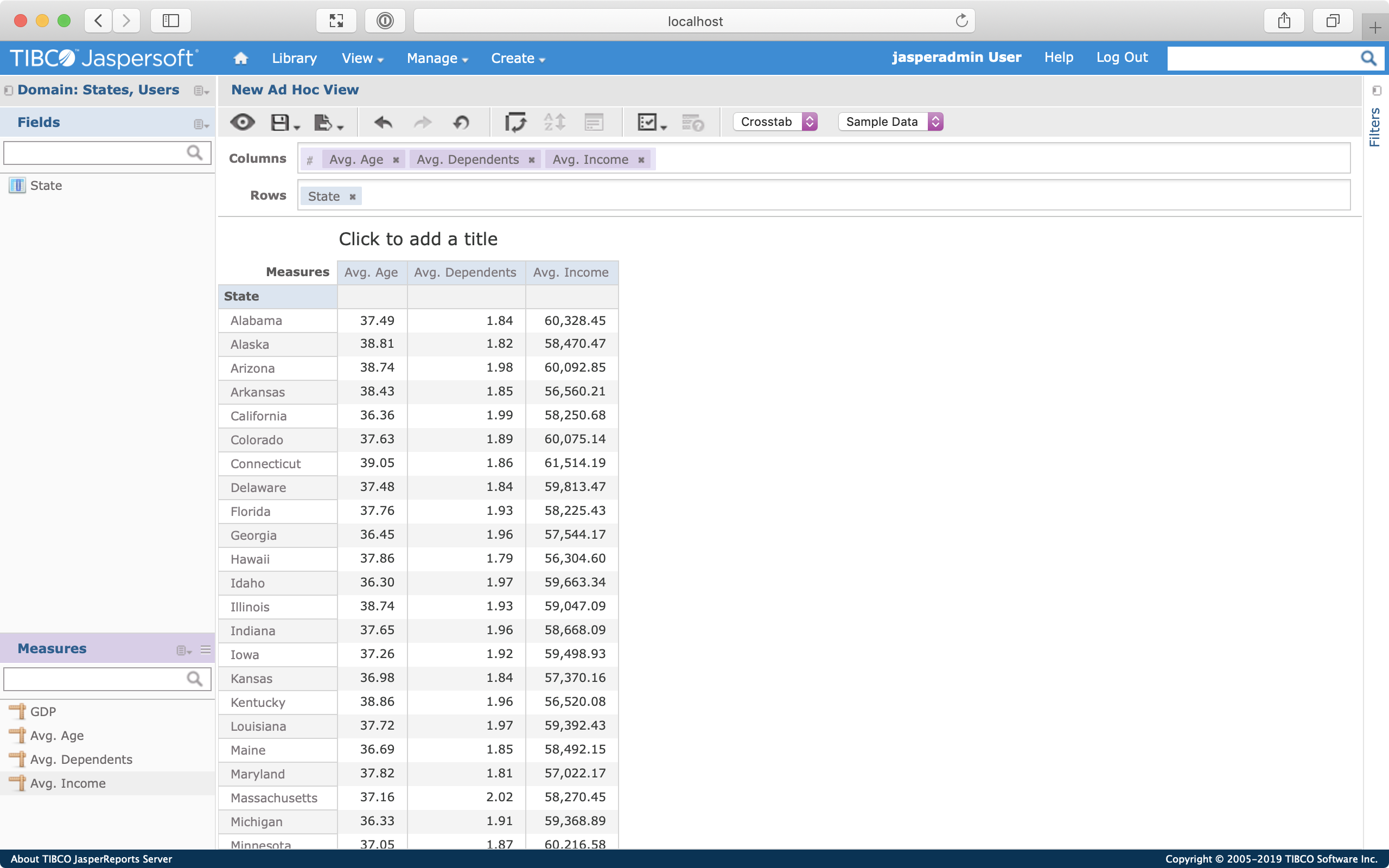
Get started with JasperReports Server and CrateDB. Together, they provide a powerful end-to-end platform for real-time business intelligence.

Some of the highlights from the J on the Beach 2019. With talk videos, some personal reflection, and links to further reading.

Earlier this month Crate.io was named a "cool vendor" in the Gartner 2019 Cool Vendors in Manufacturing Operations report.